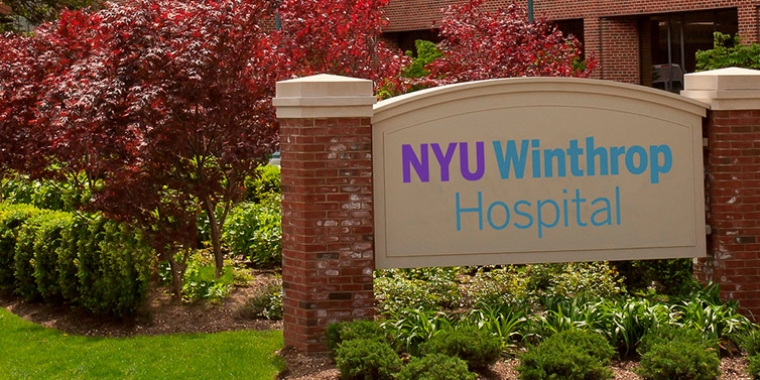
Senator Phillips: Protecting Long Island's Drinking Water
October 25, 2017

As State Senator, ensuring that our Long Island water resources remain safe for current residents and future generations has always been a top priority. Drinking water is a necessity, not a luxury.
Providing the residents of Long Island with clean and safe drinking water has often been a difficult challenge for state and local officials. In the past, threats to our water quality have come from unanticipated sources, such as nitrogen buildups from aging septic systems or toxic plumes that are the legacy of discontinued industrial processes.
Unfortunately, the latest threat to the safety of our water is from an entirely foreseen and avoidable source, the New York City’s Department of Environmental Protection (DEP) plan to re-permit and reactivate a number of public supply water wells in Queens County that access Long Island’s groundwater aquifers. In an effort to preserve Long Island’s water quality and safety, I am calling on Governor Cuomo and the NYS Department of Environmental Conservation (DEC) to reject DEP’s request to re-permit these wells.
Long Island’s drinking water supply is unique from the rest of the state and New York City. Outside of Long Island, virtually all communities have access to numerous lakes, rivers, and streams for an abundant supply of fresh drinking water, including New York City, which has access to large Upstate reservoirs.
Long Island, however, is limited by a different set of circumstances. Devoid of large lakes, rivers, and streams, and without access to remote reservoirs, the three million residents of Nassau and Suffolk Counties depend entirely on groundwater aquifers for the hundreds of millions of gallons of water used daily.
Of particular concern is DEP’s intention to activate four wells that access the Lloyd Aquifer. The deepest of the three Long Island aquifers, the Lloyd is an unspoiled water source sitting as far as 1500 feet below ground, with water that is an estimated 8,000 years old. The hundreds of feet of sand, gravel, pebbles and soil separating the Lloyd from the development above serve as natural protection from the contaminants of modern day life. The Lloyd aquifer has always been an emergency reserve water source, only to be tapped under the most extreme of circumstances.
While the Lloyd is protected from new wells, the reactivation of existing wells remains permissible, but has largely been a dormant concern. However, New York City recently began quietly pursuing the re-permitting of 68 supply wells in Queens. Most troubling, the intention of the DEP is to utilize the wells as a water source of convenience to replace lost capacity when undergoing maintenance and repairs to Upstate aqueducts.
Earlier this year, the Senate passed my legislation, which restricts the DEC's ability to issue certain renewal permits. Renewals would be limited to an emergency need due to water supply shortages and prolonged multi-year drought conditions. Unfortunately, the measure stalled in the Assembly.
The reactivation of the Queens wells presents a serious threat to Long Island’s aquifers, a threat that Long Islanders should not and must not accept. The wells, which have lay dormant for years, have the potential to affect our groundwater in unknown and potentially dangerous ways, and could allow saltwater intrusion or the diversion of underground toxic plumes into the most vulnerable resource we have here on Long Island – our water supply. I believe the most responsible course of action is to delay any re-permitting until the completion of the current groundwater study by the United States Geological Survey (USGS) in Nassau and Suffolk counties. Only then can we be certain of the impacts that the re-opening of the Queens wells will have on our region’s groundwater.
For many years, Long Islanders have met the challenge to provide our communities with clean and safe drinking water. Now, Governor Cuomo must put Long Island first when it comes to protecting our water and reject any re-permitting of the Queens wells.
Share this Article or Press Release
Newsroom
Go to Newsroom


